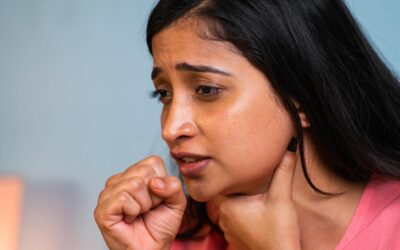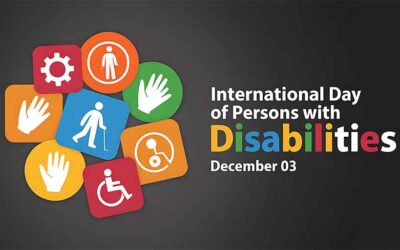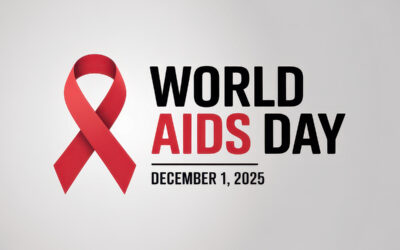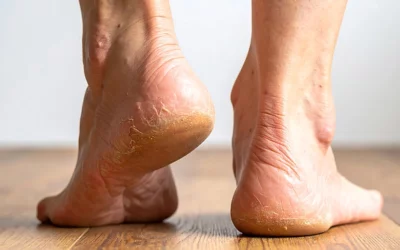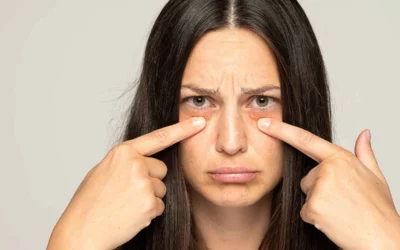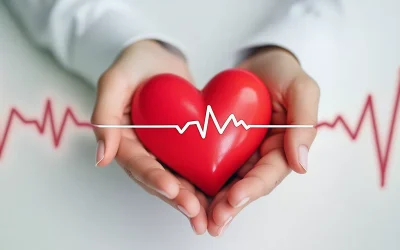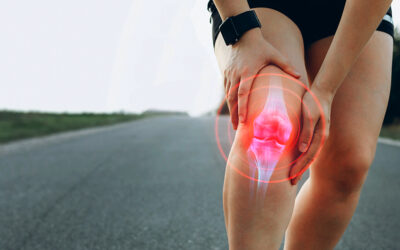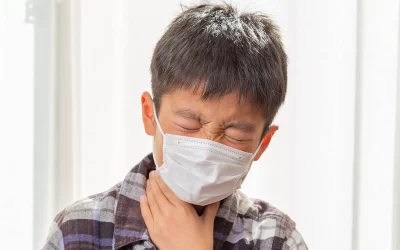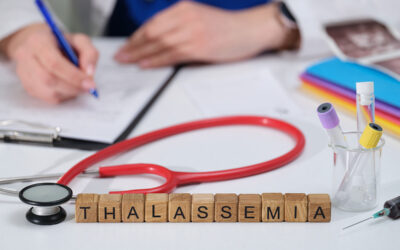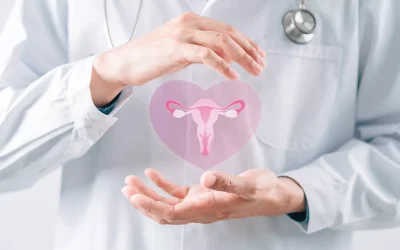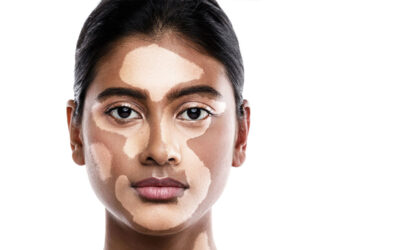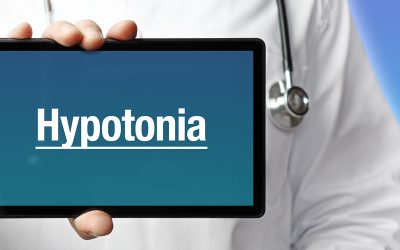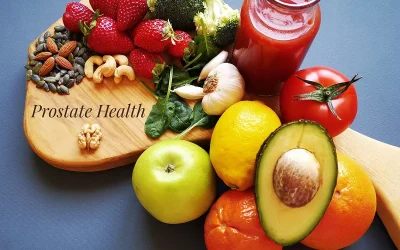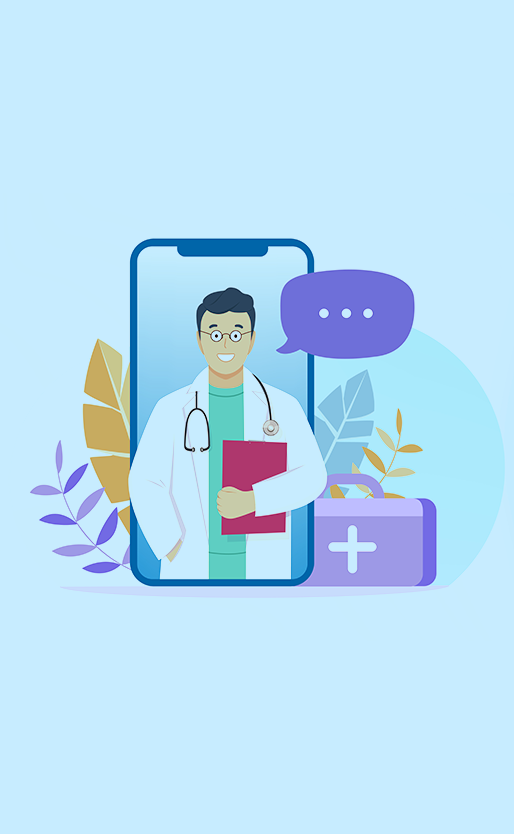World Stroke Day 2025: Recognising the Signs Because “Every Minute Counts”
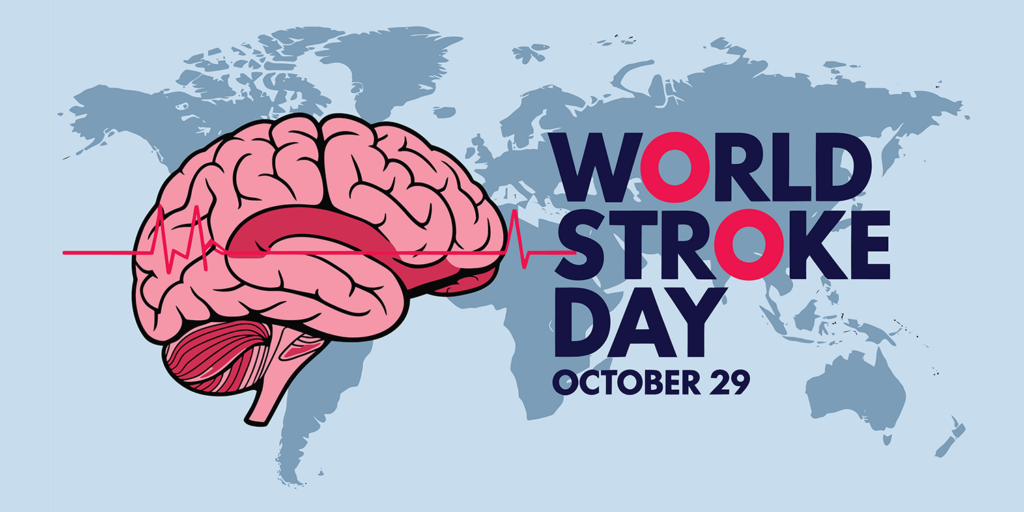
A stroke is a life-threatening medical emergency that occurs when blood flow to a part of the brain is disrupted, causing brain cells to die within minutes. It has become one of the leading causes of mortality worldwide, driven by late recognition of symptoms, rising cases of uncontrolled hypertension and diabetes, and limited access to timely treatment in many regions. To raise global awareness about this critical condition, World Stroke Day is observed every year as a call to action for recognising warning signs, focusing on prevention, and ensuring timely medical care. In this article, we will explore the significance of World Stroke Day 2025, the key symptoms of stroke, preventive strategies, available treatments, and the life-saving impact of immediate intervention.
Table of Contents
ToggleHistory and Significance of World Stroke Day
World Stroke Day was first established in 2006 by the World Stroke Organization (WSO) to draw attention to the growing global impact of stroke. Since then, it has been observed every year on 29th October as a platform to raise awareness, share knowledge, and advocate for better stroke prevention and care worldwide.
The significance of this day lies in its ability to highlight stroke as a major public health challenge. Millions of people suffer strokes each year, and many survivors are left with long-term disabilities that affect their quality of life. In countries such as India, the rising prevalence of hypertension, diabetes, irregular heartbeat, and sedentary lifestyles has further contributed to an increase in stroke cases, making awareness more important than ever.
By recognising World Stroke Day, societies reaffirm their commitment to educating people about the early signs of stroke, encouraging timely medical intervention, and ensuring better access to specialised medical care and rehabilitation services.
The Theme of World Stroke Day 2025
The official theme for World Stroke Day 2025 is “Every Minute Counts.” This theme highlights the critical importance of recognising stroke symptoms early and acting without delay. Stroke is a time-sensitive medical emergency where immediate treatment can mean the difference between life, disability, or death.
The theme also reinforces the FAST principle – Face drooping, Arm weakness, Speech difficulty, Time to call for help – a simple tool to help people identify the warning signs of a stroke and respond quickly. By focusing on urgency, the campaign reminds societies that early recognition, rapid hospital admission, and prompt treatment can significantly reduce complications and improve recovery outcomes.
Types of Stroke
Strokes are classified based on their underlying cause. Understanding the different types helps in recognising risks and guiding treatment. Different stroke types include:
Ischemic Stroke
This is the most common type of stroke, caused when a blood clot blocks or narrows an artery supplying blood to the brain. Conditions such as high blood pressure, high cholesterol, and atrial fibrillation increase the risk of an ischaemic stroke.
Hemorrhagic Stroke
A haemorrhagic stroke occurs when a weakened blood vessel in the brain ruptures, leading to bleeding in or around the brain. Uncontrolled hypertension, aneurysms, and head trauma are common contributing factors. This type of stroke is often more severe and requires urgent surgical or interventional care.
Cryptogenic Stroke
In some cases, the exact cause of a stroke cannot be identified despite extensive testing. These are termed cryptogenic strokes. Ongoing research continues to explore hidden risk factors, such as genetic predisposition or undetected heart conditions, that may contribute to these strokes.
What are the Early Signs and Symptoms of a Stroke?
Recognising the signs of a stroke early is crucial, as prompt medical intervention can save lives and reduce long-term complications. Look for the following warning signs and symptoms that may indicate the onset of a stroke:
- Trouble speaking or understanding: The person may slur words, have difficulty forming sentences, or struggle to comprehend simple instructions.
- Numbness or weakness in the face, arm, or leg: Often occurs on one side of the body and may cause a drooping face or inability to lift an arm.
- Vision problems in one or both eyes: Sudden blurred, double, or complete loss of vision may occur.
- Severe headache: An intense headache without a known cause, especially if accompanied by vomiting or altered consciousness.
- Trouble walking or loss of balance: Dizziness, unsteadiness, or difficulty in coordination may indicate a stroke.
Note: These symptoms should never be ignored. Immediate medical attention is essential to prevent irreversible brain damage and increase the chances of recovery.
What Causes a Stroke?
A stroke occurs when the brain’s blood supply is disrupted, but the underlying reasons can vary depending on the type of stroke. Common causes include:
- Uncontrolled Hypertension: Persistently high blood pressure is the leading cause of both ischaemic and haemorrhagic strokes.
- Diabetes: High blood sugar damages blood vessels over time, making them more prone to blockage.
- High cholesterol: Excess cholesterol can form plaques in arteries, restricting blood flow to the brain.
- Smoking and alcohol consumption: Both contribute to blood vessel damage and increase clotting risks.
- Obesity and sedentary lifestyle: Lack of physical activity and excess body weight heighten the risk of stroke.
- Family History: Genetics and hereditary conditions can make some individuals more vulnerable.
How Can You Prevent a Stroke?
While some risk factors such as age and family history cannot be changed, many strokes can be prevented through healthy lifestyle choices and proper management of existing conditions and personalized diet plans by an expert dietician. Some effective ways to lower the risk of stroke include:
- Healthy diet and exercise: Eating a balanced diet rich in fruits, vegetables, whole grains, and dietary fibre while limiting salt, sugar, and processed foods helps maintain healthy blood pressure and cholesterol. Regular physical activity, such as brisk walking or yoga, keeps the heart and blood vessels strong.
- Controlling hypertension and diabetes: Regular monitoring, prescribed medications, and lifestyle modifications play a key role in preventing complications and controlling diabetes effects on the body.
- Quitting smoking and alcohol: Eliminating tobacco use and moderating or avoiding alcohol reduces strain on blood vessels and lowers stroke risk.
- Regular check-ups: Periodic health screenings, including blood pressure, blood sugar, and cholesterol tests, help detect issues early and reduce the risk of stroke.
Prevention is the most effective strategy against stroke, empowering individuals to take charge of their health before complications arise.
How is Stroke Treated?
Stroke treatment depends on the type of stroke and how quickly medical care is received. Immediate hospital admission is critical, as early intervention can save brain function and reduce disability. The treatment options for stroke include:
- Ischaemic stroke treatment: Emergency medicines such as clot-busting drugs (thrombolytics) may be administered to restore blood flow if given within a few hours of symptom onset. In some cases, mechanical procedures like thrombectomy are used to remove the clot directly from the artery.
- Haemorrhagic stroke treatment: This often requires surgical procedures or minimally invasive interventionsto stop bleeding, repair blood vessels, or relieve pressure on the brain.
- Supportive care: Oxygen therapy, blood pressure control, and management of blood sugar are essential to stabilise patients during treatment.
- Specialised stroke units: Hospitals with advanced neuroimaging (CT and MRI) and experienced stroke teams can ensure faster diagnosis and effective treatment.
What Should You Do If Someone Has a Stroke? (First Aid Tips)
When a stroke occurs, every minute matters. Immediate action can make the difference between recovery and severe disability. If someone shows signs of a stroke:
- Recognise the FAST signs: Look for Face drooping, Arm weakness, Speech difficulty, and Time to call emergency services.
- Call for emergency help immediately: Do not wait for the symptoms to subside; urgent hospital care is essential.
- Keep the person safe and comfortable: Help them lie on their side with the head slightly raised to maintain airflow and prevent choking.
- Do not give food, drink, or medication: Swallowing may be impaired, increasing the risk of choking.
- Stay calm and monitor breathing: If the person loses consciousness or stops breathing, be ready to perform CPR if trained.
Quick response and hospital transfer are the most important steps in preventing permanent brain damage or death.
What is the Role of Rehabilitation in Stroke Recovery?
Rehabilitation plays a vital role in helping stroke survivors regain independence and improve quality of life. The type and duration of rehabilitation depend on the severity of the stroke and the areas of the brain affected. Common rehabilitation approaches after a stroke include:
- Physiotherapy: Focuses on restoring strength, balance, and mobility through targeted exercises and physiotherapy.
- Speech and language therapy: Helps patients overcome difficulties in communication and swallowing.
- Occupational therapy: Supports patients in relearning daily activities such as dressing, eating, or writing.
- Psychological support: Many stroke survivors experience depression or anxiety, making counselling and emotional support an important part of recovery.
Why Choose Graphic Era Hospital for Stroke Treatment in Dehradun
At Graphic Era Hospital, stroke care is delivered with urgency, precision, and compassion. The hospital combines advanced medical technology with a multidisciplinary team to provide complete care, from emergency intervention to long-term rehabilitation. Here are the key reasons why Graphic Era Hospital is a preferred destination for stroke treatment:
Experienced Neurologists and Neurosurgeons
At Graphic Era Hospital, stroke care is led by highly qualified neurologists and neurosurgeons who specialise in managing both ischaemic and haemorrhagic strokes. Working closely with rehabilitation experts, they provide accurate diagnosis, swift intervention, and personalised treatment plans tailored to each patient’s needs. This team-based approach ensures that patients receive expert care from the moment they arrive at the hospital through every stage of recovery.
Advanced Technology and Rapid Diagnosis
The hospital is equipped with cutting-edge diagnostic tools, including CT scans, MRI, and advanced neuroimaging systems, to quickly identify the type and severity of stroke. With 24/7 emergency facilities and well-defined stroke protocols, the hospital ensures immediate evaluation and timely decision-making, which are crucial for saving brain function and improving outcomes.
Comprehensive Rehabilitation and Personalised Care
Recovery after a stroke requires more than emergency treatment. At Graphic Era Hospital, rehabilitation services are integrated into patient care, including physiotherapy by expert physiotherapist to regain movement, speech therapy to address communication challenges, occupational therapy to restore daily activities, and psychological counselling to support emotional well-being. By combining medical expertise with compassionate, patient-centred care, the hospital helps stroke survivors rebuild independence and improve quality of life.
Graphic Era Hospital remains committed to patient-centred care, ensuring that each stroke survivor receives not just treatment but also continuous support throughout recovery.
World Stroke Day 2025: A Reminder to Act F.A.S.T and Save Lives
Stroke is a condition where time determines outcome. Recognising the signs early and seeking immediate medical care can mean the difference between recovery and permanent disability. World Stroke Day 2025 reinforces this message through its theme “Every Minute Counts,” reminding societies of the importance of awareness, prevention, and timely treatment.
To consult the best neurologists in Dehradun or book an appointment for stroke care at Graphic Era Hospital, call 1800-889-7351. Our specialists will guide you through every step of treatment and recovery.
Frequently Asked Questions (FAQs)
What is World Stroke Day?
World Stroke Day is observed every year on 29th October to raise global awareness about stroke, its risk factors, prevention, and the importance of timely treatment.
When is World Stroke Day 2025?
World Stroke Day 2025 will be observed on 29th October with the theme “Every Minute Counts.”
Who is at higher risk of stroke?
People with uncontrolled hypertension, diabetes, high cholesterol, obesity, smoking or alcohol habits, and a family history of stroke are at higher risk.
How long does stroke recovery take?
Recovery varies for each person. While some regain independence within weeks, others may need months or years of rehabilitation, depending on stroke severity and overall health.
Which is the best hospital for stroke treatment in Dehradun?
Graphic Era Hospital, Dehradun is recognised for its comprehensive stroke care. The hospital brings together experienced neurologists and neurosurgeons, advanced CT and MRI imaging, 24/7 emergency response, and a dedicated stroke unit. With integrated rehabilitation services including physiotherapy, speech therapy, and psychological support, patients receive complete care under one roof – from immediate treatment to long-term recovery.
Can young people get a stroke too?
Yes. While more common in older adults, stroke can occur in young people due to factors such as high blood pressure, heart rhythm problems, clotting disorders, or lifestyle-related risks.
What are the first warning signs of a stroke?
The most common signs include sudden numbness or weakness (usually on one side), slurred speech, vision problems, severe headache, and difficulty walking or maintaining balance.
What should I do if someone is having a stroke near me?
Call emergency medical services immediately and take the person to the nearest hospital with advanced stroke care facilities such as Graphic Era Hospital in Dehradun.
Can a stroke be cured completely?
Stroke cannot be reversed, but timely treatment and rehabilitation can help reduce complications, restore functions, and improve quality of life.
Which doctor should I consult for a stroke near me?
A neurologist is the right specialist to consult for stroke diagnosis and treatment. At Graphic Era Hospital, Dehradun, patients are cared for by experienced neurologists and neurosurgeons who specialise in managing all types of strokes. With access to advanced imaging, emergency intervention, and personalised rehabilitation, the hospital ensures complete stroke care under expert guidance.
By Specialities
- Bariatric Surgery
- Cancer Care
- Cardiology
- Dental
- Dermatology
- Diabetes & Endocrinology
- Endocrinology and Diabetes
- ENT (Ear Nose Throat)
- Eye Care
- Gastroenterology
- Haematology
- Health Care
- Health Tips
- Hematology
- Hepatology
- Internal Medicine
- Mental Health and Behavioural Sciences
- Metabolic
- Neonatology
- Nephrology
- Neurology
- Nutrition & Dietetics
- Obstetrics & Gynaecology
- Oncology
- Ophthalmology
- Orthopaedics
- Paediatric
- Physiotherapy & Rehabilitation
- Plastic and Reconstructive Surgery
- Psychology
- Pulmonology
- Rheumatology
- Spine
- Urology
Recent Posts
- Burning Sensation While Urinating: Common Causes and When to See a Urologist
- Strep Throat (Bacterial Infection): Symptoms, Diagnosis, and Effective Care
- International Day of Persons with Disabilities 2025: Breaking Barriers, Building a More Inclusive Future
- World AIDS Day 2025: Transforming HIV Care Through Awareness and Action
- Dry Skin to Cracked Heels: Winter Skincare Tips That Work
Need expert medical advice?
Share your details and our healthcare specialists will reach out to assist you.
By proceeding, you acknowledge and agree to our Privacy Policy, Terms of Use, and Disclaimer.

